Oh friends, please tell me you have heard of (and hopefully own) Jennifer Seravallo’s The Reading Strategies Book? It is seriously A-M-A-Z-I-N-G! My principal brought it to me last spring. She ordered classroom teachers each a book after our Reading Specialist recommended it to her. I knew it looked awesome but put it aside to get to later…ain’t nobody got time for professional reading in May, right?! Then, I started seeing it pop up all over blogs and social media. I knew I had to dive into sooner than I was planning and see what they hype was about. It does not disappoint! The book is simple to read and even simpler to implement in your classroom. Jennifer has a great introduction in which she explains her reasoning behind the book and how she implements strategies with students. You can use the graphic below to check out some previous posts on previous goals from some of my favorite teacher bloggers!
Today I am going to focus on talking about two strategies from Goal 10 Supporting Comprehension in Nonfiction – Getting the Most from Text Features. Below is a graphic with the strategies featured at a glance.
This goal was particularly interesting to me as I feel I still have room to grow with working with my first graders on nonfiction reading. Common Core shifted my thinking on the literature I used to teach with. I’m not going to lie, I am a fiction girl and I have always gravitated towards fiction with my students. Now, I work towards a 50/50 balance, but mainly use nonfiction to focus on text features. However, in the chapter, Jennifer states that researchers have found that teaching text features in isolation may not be effective. (pg 270) She says that instead we need to shift our thinking and teaching to be more about using the features to get information from a text. We also need to teach students how to synthesize the information in features with the information presented in the main text. (pg 271)
Hmm…this made me question my teaching. Have I been getting nonfiction right? Below are two strategies I will go to when I work with my first graders this year to ensure I am teaching this!
This strategy fits in with my first graders perfectly. It is meant to use with levels C – J and works on synthesizing.
I have taught my students to read labels in the past. However, my teaching has usually ended after reading the label. We do not do any more information with the label. This strategy reminds me that students need to do more than just read the label. Teach your students to read the text and look at the picture. Next they should see what the label is labeling and think about how the text, picture and label all fit together. Below is an anchor chart based off the one in the book that you can use.
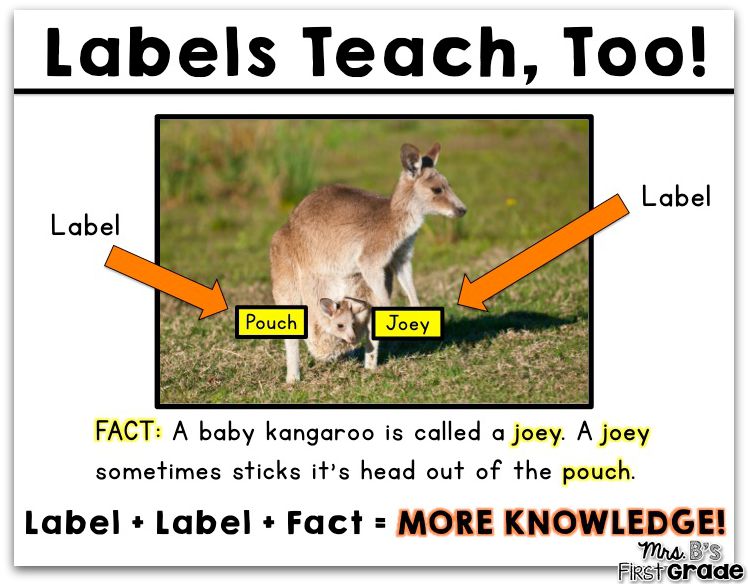 |
| Click the picture to download! |
You can prompt your students by asking them:
*Where is the label?
*Tell me about how the facts you learned from reading and the facts you learned from the label connect.
*After reading the label and the picture, go back and read the rest of the page.
*Put all the information you have learned from the page together.
Do your students get stuck on the fast facts sections in nonfiction reading? Mine do. Often times they read some information in the fast facts boxes and then want to stop and discuss what they learned. It can derail us from the rest of the book. I know this strategy will help with this.
Teach your students to read the fast facts after they have read the whole book. They can think about what they already read and saw in the features and connect that with each fact. Teach them to think, “How do these facts help me know more about what I just read.”
It is important to remember the fast facts are often difficult for students to comprehend. They need the prior knowledge from the text to help them to fully understand. Below is an anchor chart based off of the book that you can use.
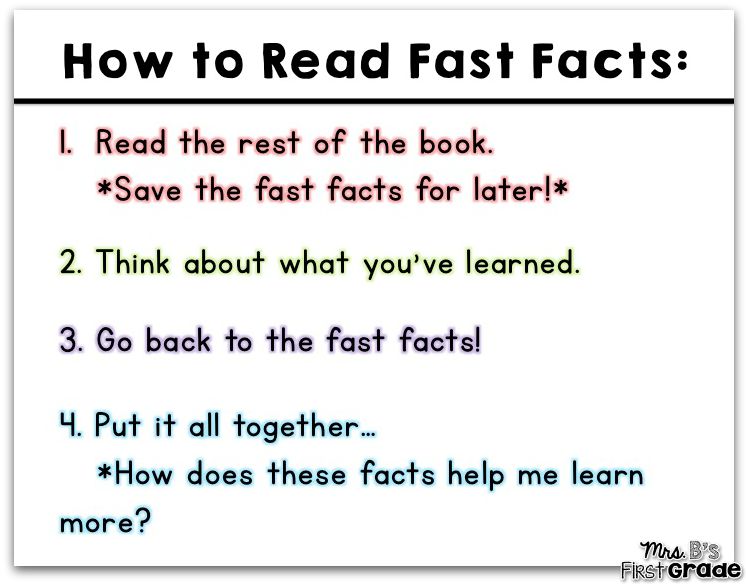 |
| Click the picture to download! |
You can prompt your students by asking them:
*What did you learn from the fast facts and how does that information fit with the rest of the page or book?
*Think about what you already know about the topic before you read it.
*Keep the information from the rest of the book in your mind.
I hope that you can find these two strategies (and all of the others) helpful with your students. I decided to write about two strategies that are applicable to my young students. However, the goal includes several more strategies for more advanced readers.
If you have not already read the book is HIGHLY recommend it. I know that I will be turning to it all the time in my classroom this year and I am excited to see the change that it brings with my young students!

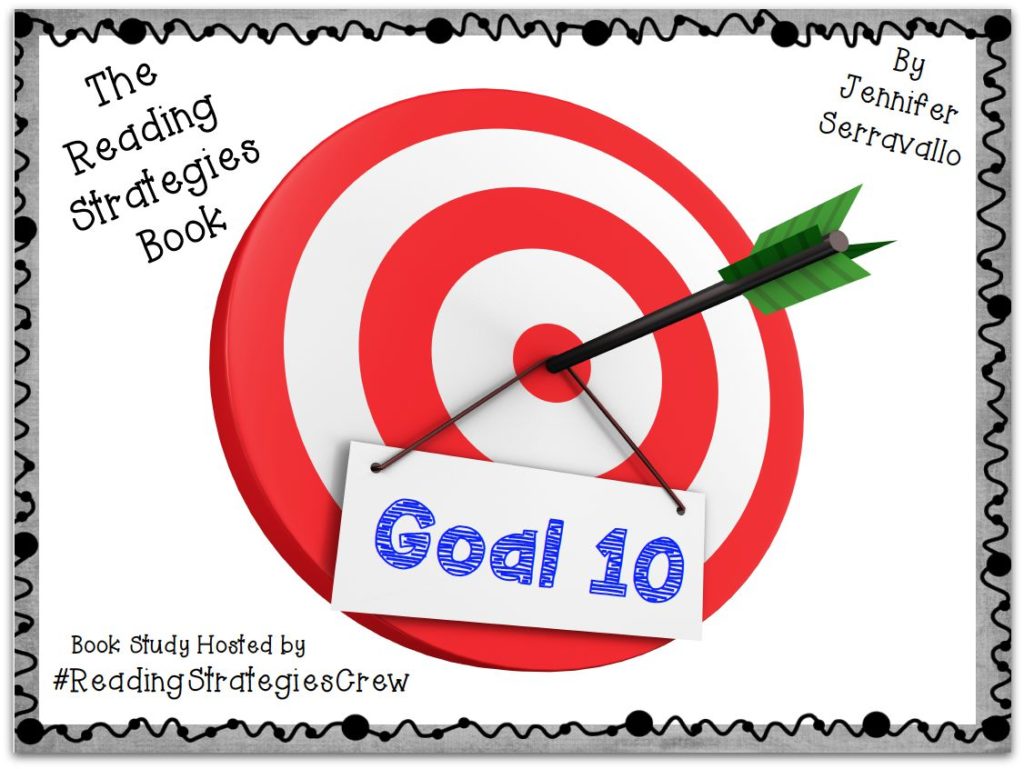
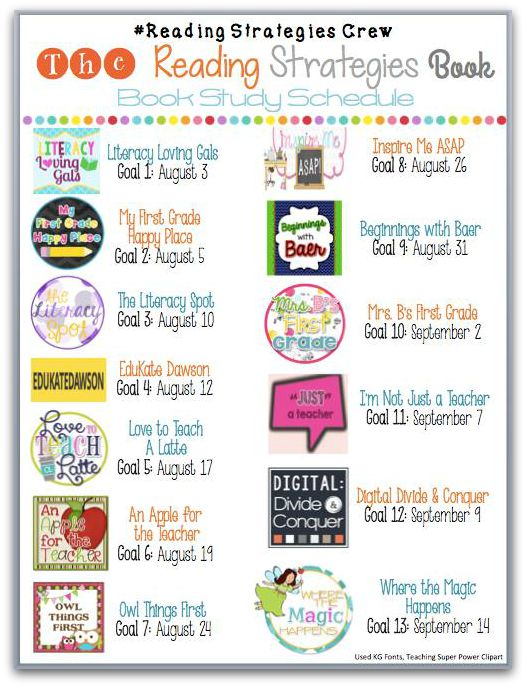

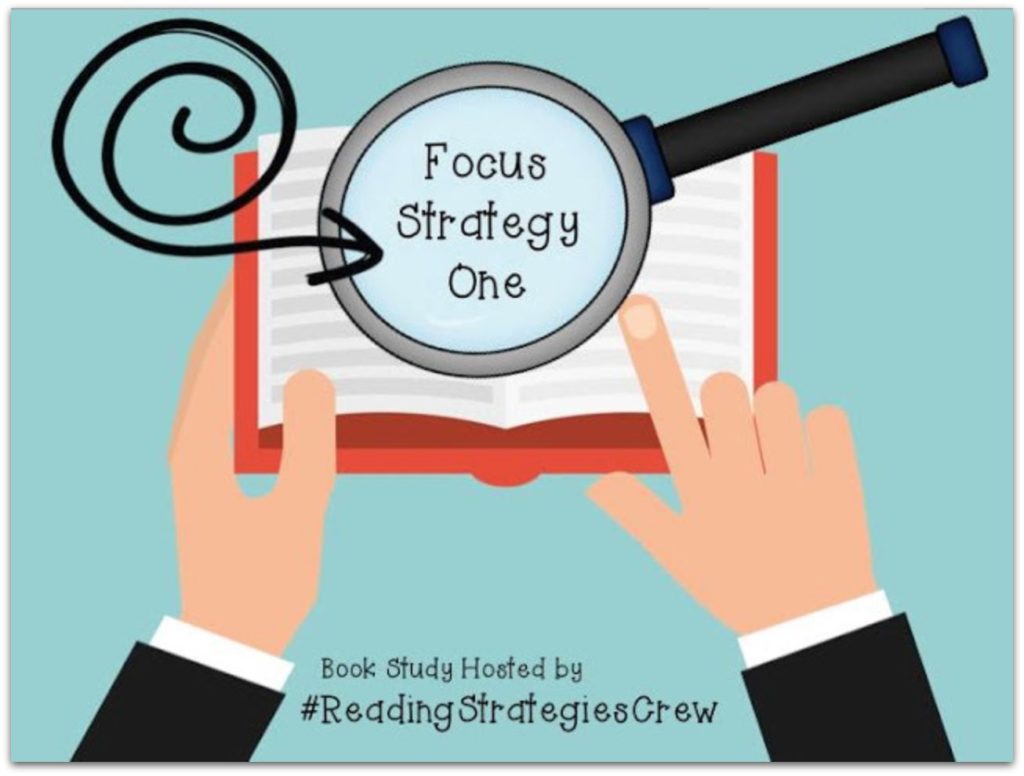
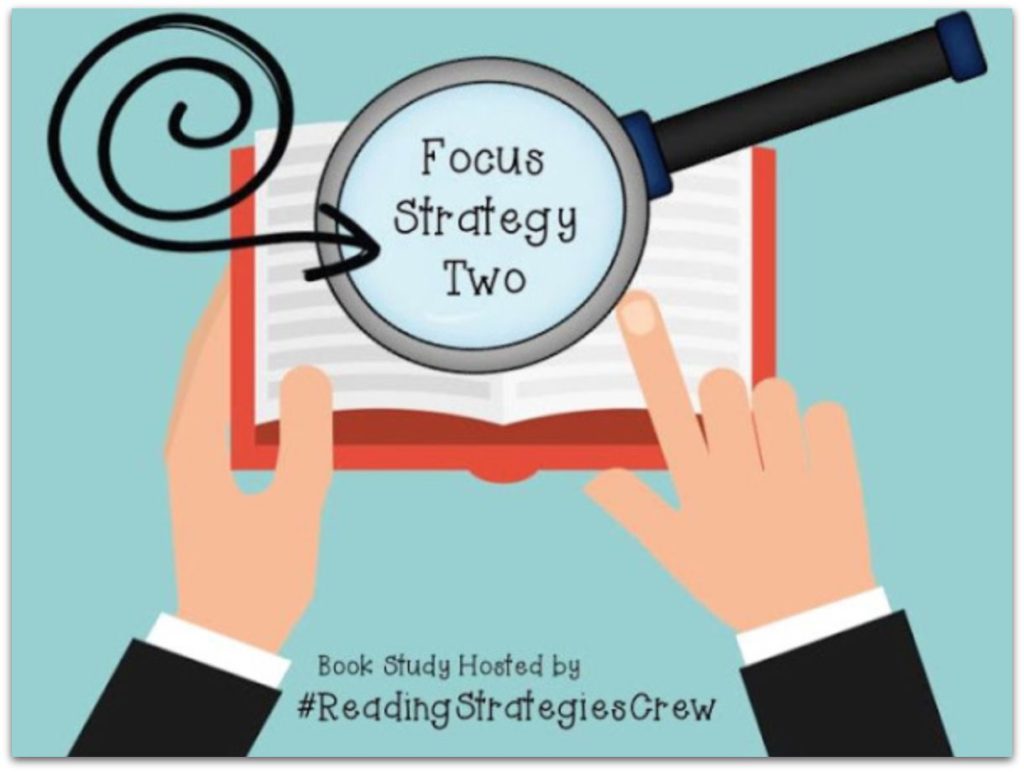




 TpT Sale!
TpT Sale! 
 FREEBIE!
FREEBIE!
 ) my posters to hang straight...(type
) my posters to hang straight...(type 


Love this! I teach labeling as my first writing strategy, so using it in informational reading is an important concept too! Thanks!!
Erin
Very Perry Classroom
Thanks Erin!! It is always tough for me to make sure I am teaching informational reading correctly. I am hoping this book helps this year!!
Sarah